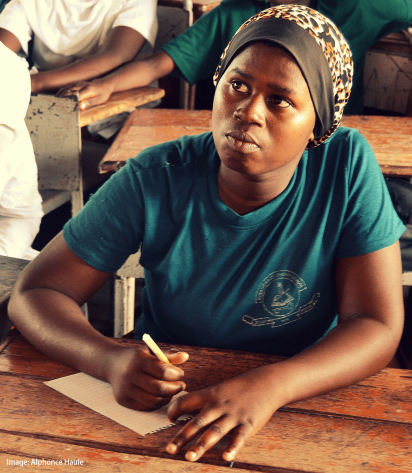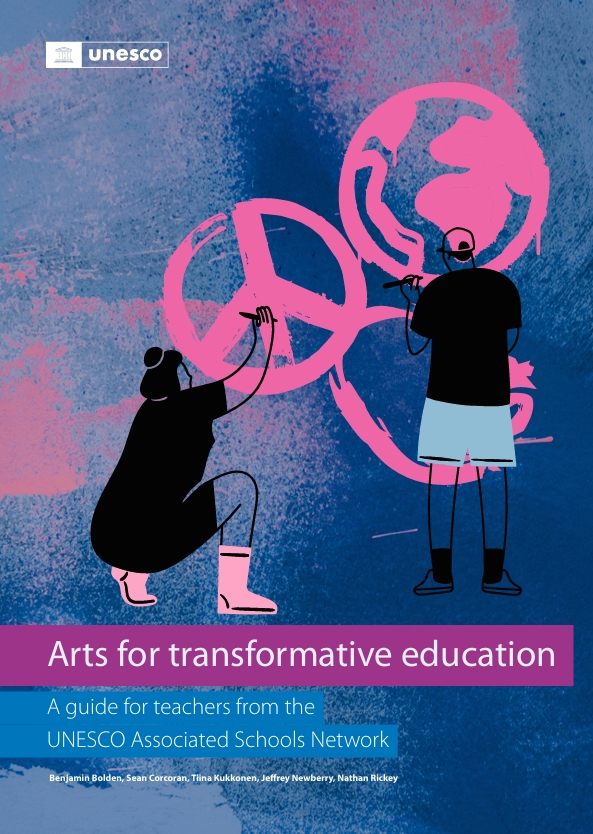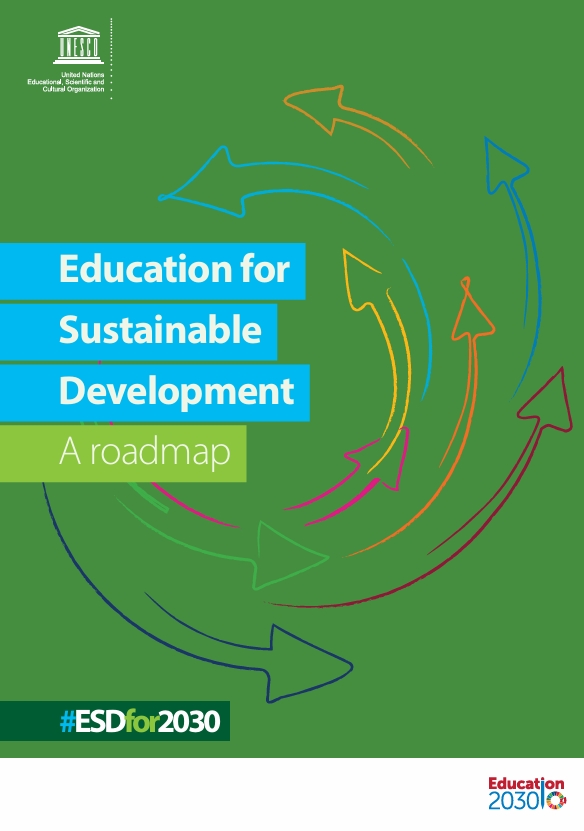Free education? What does that really mean?
Tanzania made secondary education free in 2015. But, as we know from several editions of the GEM Report, plenty of countries provide ‘free education’ and yet the cost of going to school is still a major barrier.
President John Magufuli in Tanzania, who disclosed this week that the government pays $10.7 million per month for its free education policy, released a circular yesterday saying that pupils and students were nevertheless still being forced to pay for food, laboratory services, study tours and even desks. “Provision of free education means pupils or students will not pay any fee or contributions that were paid by parents or guardians” he said. As from now, regional and district leaders will be risking their jobs if they allow any of these practices to continue.
The announcement was made when Magufuli met the Minister of State in the President’s Office Regional Administration and Local Government (PO-RALG), Mr Selemani Jafo, and the Minister for Education, Science, Technology and Vocational Training, Prof Joyce Ndalichako. Both have been charged to ensure that the circular is adhered to. “I direct you (ministers) that I don’t want to hear that a pupil/student is dismissed over failure to contribute.” The regional and district commissioners have been given 48 hours to report back on schools that had been asking for contributions so further actions can be taken against the teachers responsible.
As though lifted straight from our Report, Magufuli continued: “It makes no sense for the government to remove the school fees and yet for teachers to decide to introduce contributions that poor parents can’t afford to pay for their children”. All teachers and council leaders have been charged with bringing back any pupils who had been suspended from schools for not being able to pay the hidden fees.
This is positive news. It is the government implementing the right to education. It is a sign of equity being respected, and the poorest being protected.
Using data freshly compiled by the UIS, this year’s GEM Report showed the extent to which such changes are necessary. The share of education expenditure borne by households increases as country per capita income level decreases. Although the number of countries is too small to allow for general conclusions, among countries with data since 2005, the share of total education expenditure borne by households rises from 18% in high income countries to 25% and 33% in middle income and low income countries, respectively. The share of households in total education expenditure was at least one-third in one-third of low and middle income countries. In neighbouring Uganda, the share was 63% in 2014.
Our WIDE database confirms the sense behind Magufuli’s stern approach as well.
As you can see from the below chart taken from WIDE, only 3% of the richest have never been to school compared to 33% of the poorest. Practically all of the richest (98%) have more than four years of schooling, compared to just two thirds (69%) of the poorest. There is no doubt that far more is needed to help remove the barriers to education for the poorest. Making sure education is free – really free – is the least that can be done.

This is accountability in action. It is a case in point of the responsibility lying at the school level, not at the government. Fulfilling this responsibility is well within the control of head teachers. And it is a practical example of those responsibilities being called on, and a course of action – i.e. dismissal – being set in place when they are disrespected. But will this commitment be monitored, respected, an acted upon?







